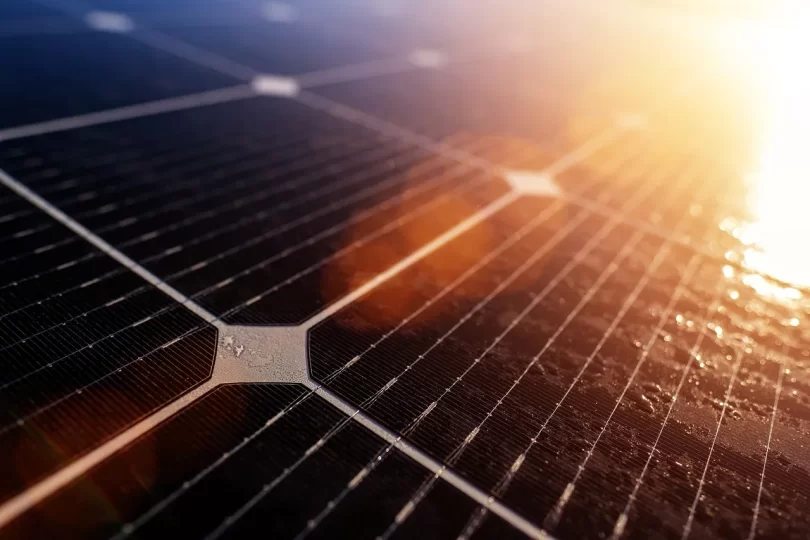Urban designers and legislators are looking for sustainable answers to lessen dependency on fossil fuels as cities worldwide deal with growing energy needs. The move to clean energy is no longer merely an environmental initiative—it has become an economic and infrastructural necessity. Innovative ways are now being explored to make cityscapes more energy-efficient while optimising space.
One of the most transformational advances in this change is roof integrated PV panels, which elegantly incorporate solar technology into urban infrastructure without compromising aesthetics or space efficiency.
Contents
The function of integrated solar technology in urban landscapes
Space constraints have frequently hampered traditional solar panel installations, particularly in densely populated areas where rooftops and land are already intensively utilised. The invention of integrated solar panels tackles this difficulty by embedding solar technology directly into building structures, allowing metropolitan areas to harness solar power efficiently. Residential and commercial buildings can replace these panels with standard roofing materials.
All city blocks are planned outside personal space with solar integration in mind. New developments prioritise sustainability by including renewable energy sources in the design process instead of only as an afterthought. This proactive method ensures that buildings generate their power while lowering grid dependency.
Public spaces and infrastructure as energy sources
Cities increasingly recognise that public areas and infrastructure may act as energy-generating assets. People are increasingly equipping train stations, bus stops, and pedestrian walkways with solar panels, transforming these disused locations into sustainable energy hubs. These buildings can generate pure electricity using integrated solar technologies while preserving their core use.
Streetlights powered by integrated solar solutions are another increasing trend. Many cities are adopting self-sustaining lighting systems that use solar panels installed into lamp posts or neighbouring surfaces, cutting energy costs and limiting carbon emissions. Sports arenas, convention halls, and parking facilities also implement solar-integrated roofing to supply electricity for large-scale activities.
Environmental and financial effect of clean energy cities
Investing in renewable energy infrastructure is helpful for the environment and makes financial sense. Solar solutions included in city architecture can greatly reduce power expenditures for residents and municipal operations. Over time, reducing energy expenses compensates for early investment costs, making solar adoption a financially viable long-term alternative.
The environmental effect is significant. By integrating solar technology into rooftops and infrastructure, metropolitan areas may drastically cut greenhouse gas emissions. As more towns embrace renewable energy, the collective shift will contribute to global sustainability goals and the battle against climate change.
The future of solar-powered cities
The concept of solar-powered urban habitats is emerging rapidly. With developments in photovoltaic technology, efficiency rates are improving, allowing cities to generate more electricity from smaller installations. Solar-integrated highways, windows, and even building facades actively helping to generate energy could all be part of future advancements.
Conclusion
Urban environments will continue to change as sustainable energy options become increasingly advanced. Adopting solar-integrated technology and other developments will define how cities satisfy their future energy needs. Making sustainability a priority helps urban areas improve quality of life, lower expenses, and create a more resilient and environmentally friendly planet.







